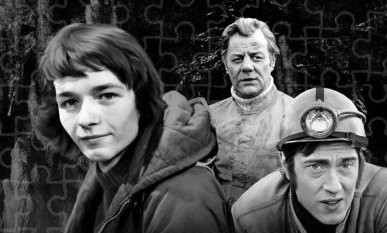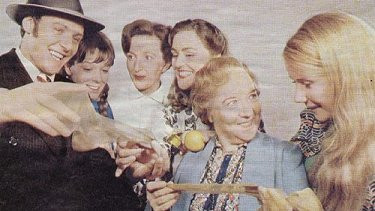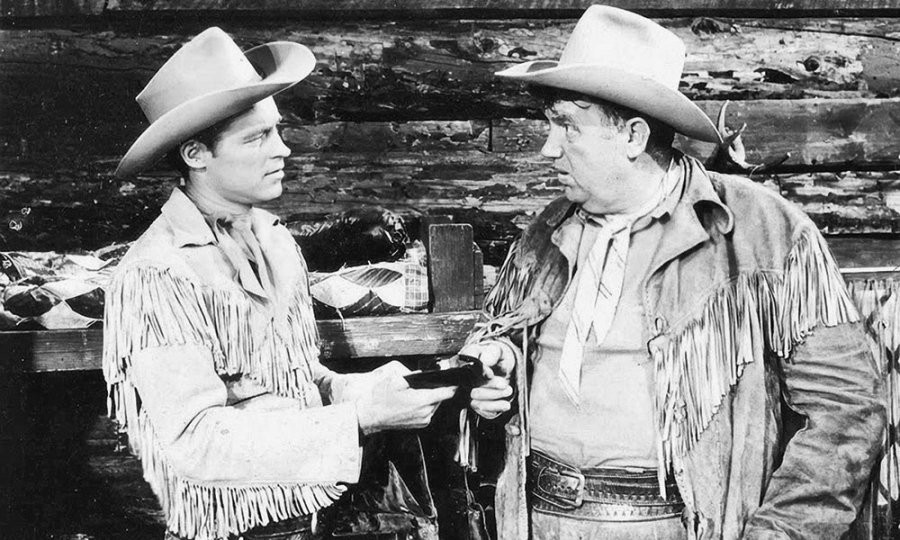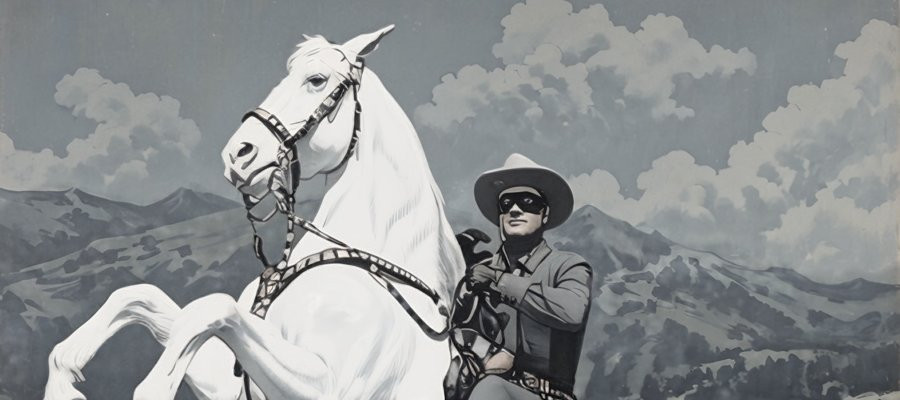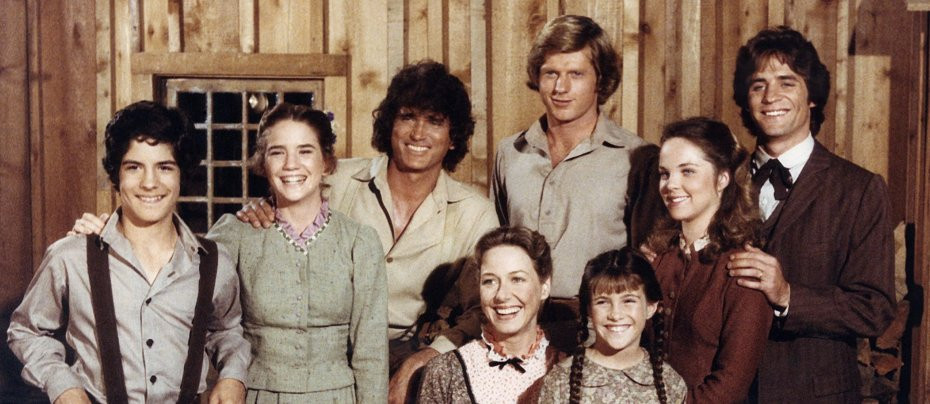
Little House on the Prairie
1974 - United StatesA beloved classic of American television that aired from 1974 to 1983, Little House on the Prairie enchanted audiences with its heartfelt storytelling, wholesome values, and nostalgic depiction of pioneer life. Based on the Little House book series by Laura Ingalls Wilder, the show captured the adventures and trials of the Ingalls family as they navigated life on the American frontier in the late 19th century.
Head of the family was Charles, played by Michael Landon, previously known for his role as Little Joe Cartwright in Bonanza, who stepped up from being the poster boy of the iconic Western series to act, write, direct and produce Little House on the Prairie. His multifaceted involvement showcased his talent and quickly established him as a respected figure in the television industry. He would later take on the same set of responsibilities in Highway to Heaven, another equally successful series that reflected moral lessons of the importance of honesty, kindness, hard work and perseverance, but with an added spiritual belief.
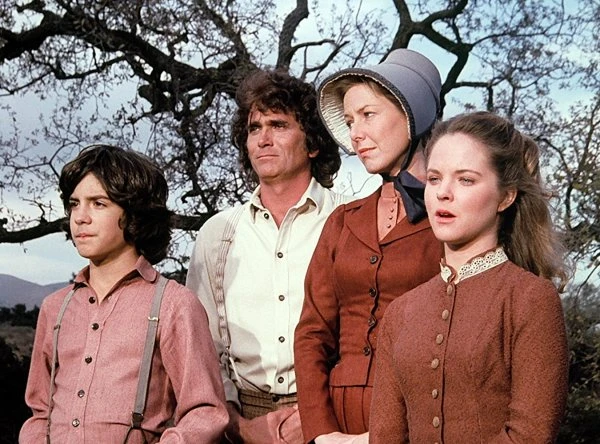
Charles’ family consisted of his wife Caroline (Karen Grassle), and their three daughters, Mary (Melissa Sue Anderson), Laura (Melissa Gilbert), and Carrie (twins Rachel Lindsay and Sidney Greenbush whose appearances alternated). Later, the family expanded with the addition of Albert (Matthew Laborteaux), an adopted son.
From its debut Little House on the Prairie garnered both critical acclaim and a devoted fanbase. The show was praised for its heartfelt storytelling, strong moral values, and compelling characters. Viewers were drawn to the struggles and triumphs of the Ingalls family as they faced challenges such as illness, poverty, and natural disasters. The heartwarming stories, memorable characters, and wholesome values portrayed in the show resonated with viewers of all ages. The strong family dynamic and the triumph of good over evil were key elements that captured the hearts of fans.
The show’s set design, costumes, and props meticulously recreated the look and feel of 19th-century pioneer life. This dedication to authenticity extended to the depiction of historical events and societal issues, such as the treatment of Native Americans, the challenges of rural education, and the impact of illness and poverty. While the show occasionally took creative liberties with historical accuracy, it generally provided a respectful and insightful portrayal of the period.
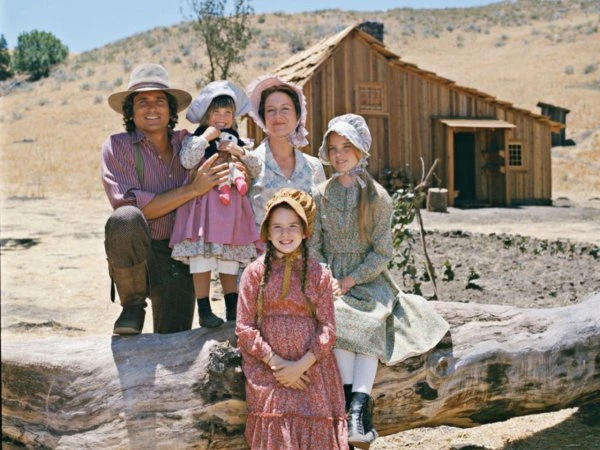
And yet, some critics viewed the show as overly sentimental or simplistic in its portrayal of historical events. Others criticised its idealised depiction of frontier life and its lack of diversity in the cast. However, these criticisms did little to dampen the show's enduring popularity or its lasting impact on popular culture. Indeed, the success of the series paved the way for other family-oriented dramas and period pieces. Its blend of drama, moral storytelling, and historical settings influenced the development of future television shows that sought to capture similar themes and audiences. Shows like Dr. Quinn, Medicine Woman and The Waltons followed in its footsteps, contributing to the genre of family-friendly historical dramas.
The popularity of the show also spurred interest in the real-life locations associated with Laura Ingalls Wilder's life. Tourist sites such as her home in De Smet, South Dakota, and the Laura Ingalls Wilder Museum in Mansfield, Missouri, have since become popular destinations for fans of the series and the books. In 2005, ABC television aired a five-week miniseries with the title Laura Ingalls Wilder’s Little House on the Prairie which, with a much grittier feel, was felt by many to be more faithful to the original books.
Nevertheless, Little House on the Prairie, the original series, remains a timeless classic that captured the hearts of audiences around the world.
Seen this show? How do you rate it?
Seen this show? How do you rate it?
Published on June 10th, 2024. Written by Mark Turner-Box for Television Heaven.



